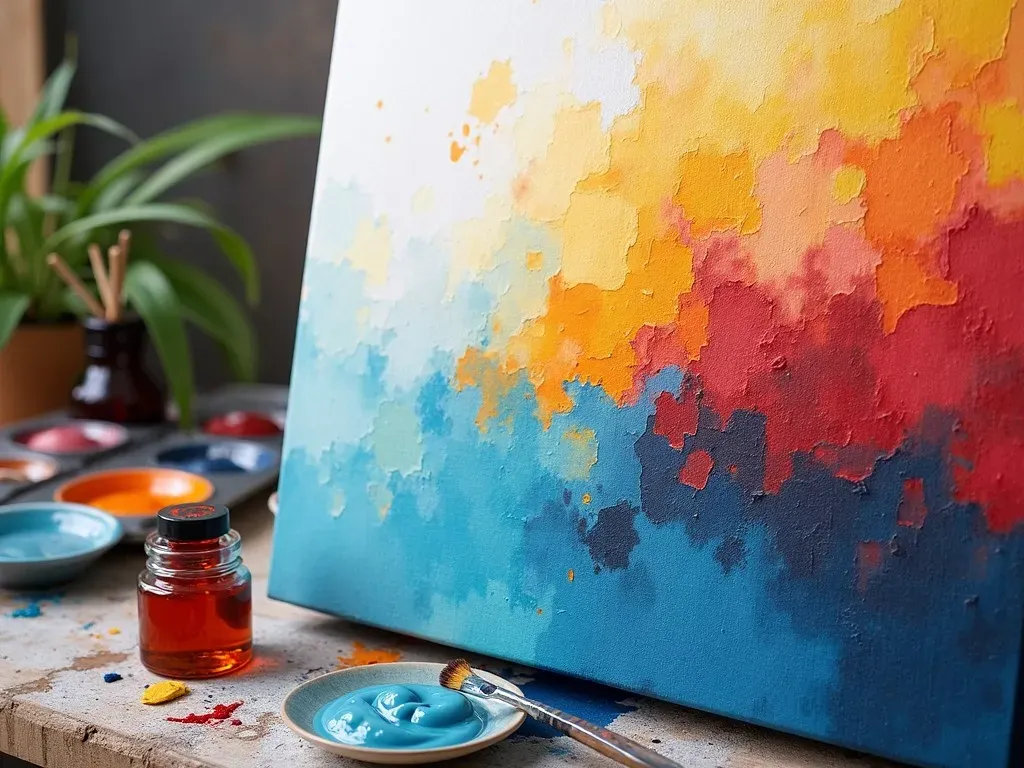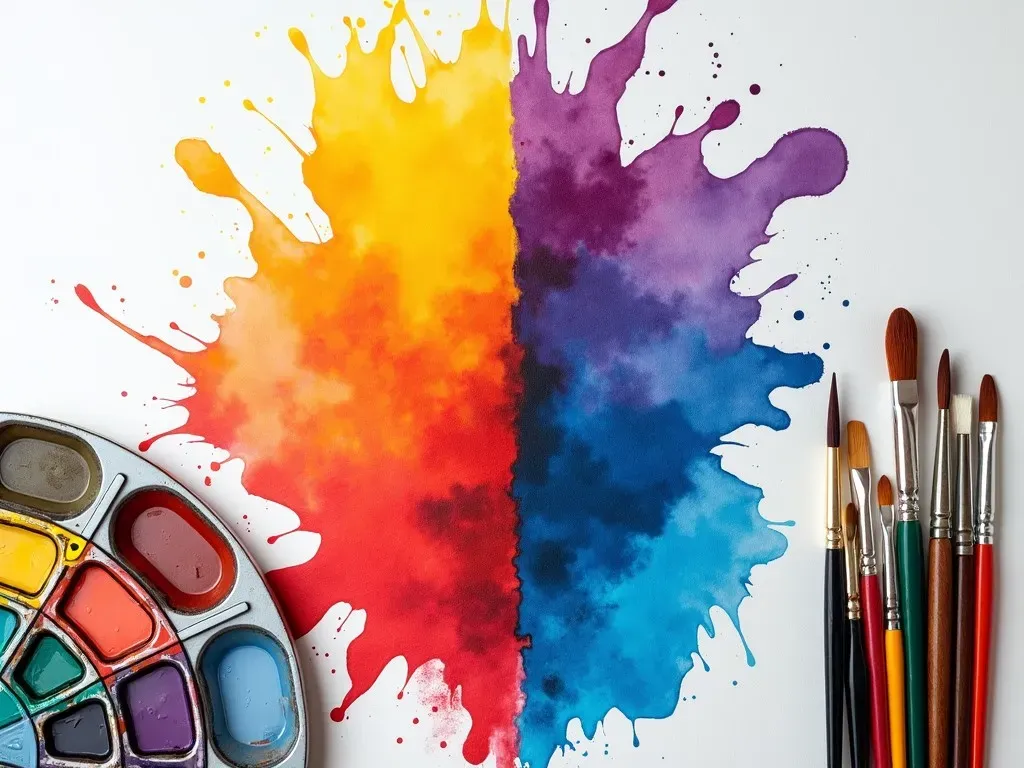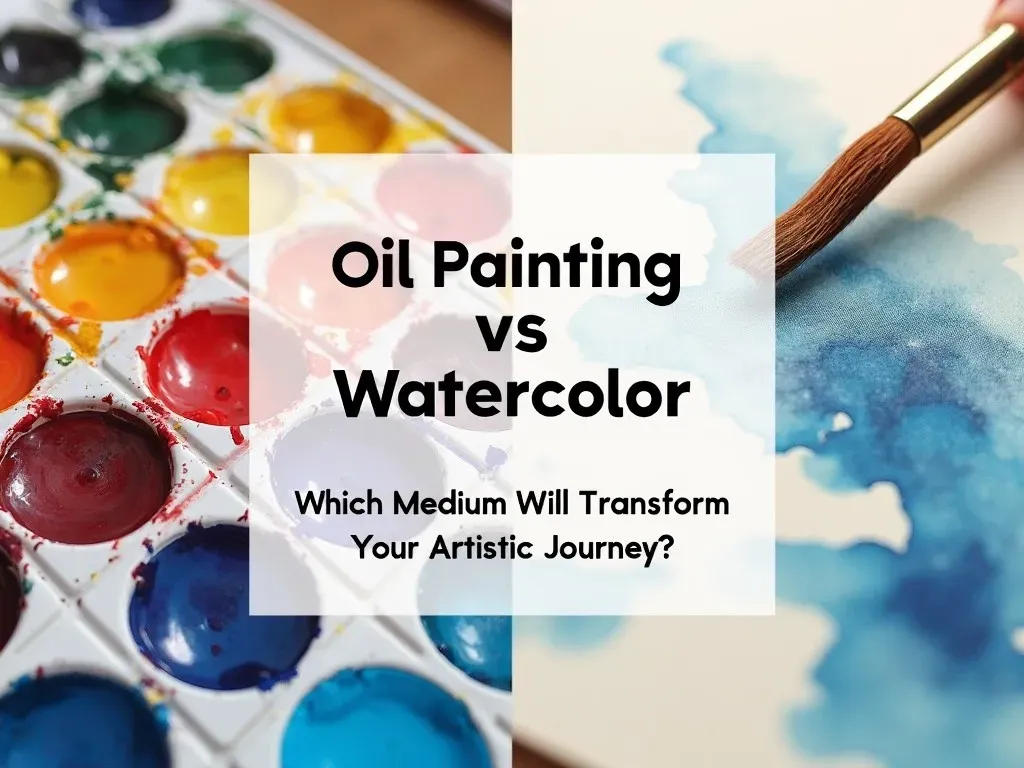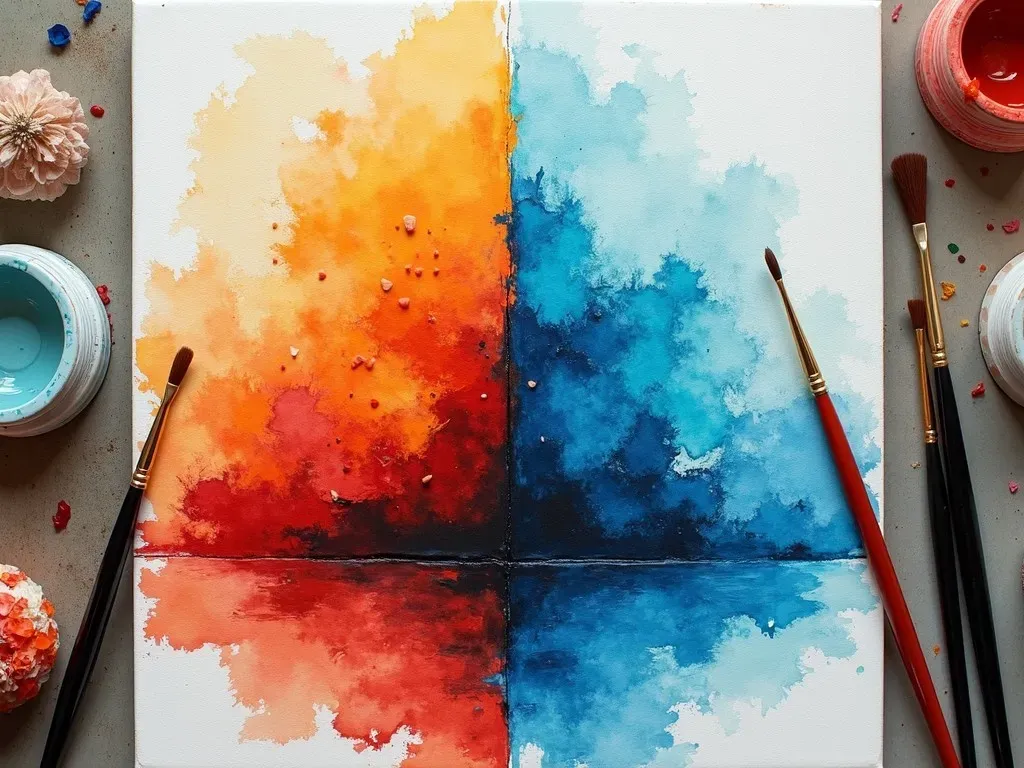In the realm of artistry, the choice between oil painting vs watercolor is a significant factor that can influence both the technique and emotional resonance of an artist’s work. Each medium offers distinct characteristics, which cater to a variety of personal styles and artistic visions.
Understanding Oil Painting
Oil painting is a classical form of art that uses pigments mixed with oils such as linseed, safflower, or walnut oil. The oil serves as a binder, extending the drying time of the paint, which allows artists to manipulate the medium for a longer period.
Key Characteristics:
- Drying Time: Oil paints take considerably longer to dry, ranging from several days to weeks depending on the thickness of the application.
- Texture: Artists can create a range of textures, from smooth to impasto, by manipulating the thickness and layering of the paint.
- Color Intensity: Oil paints produce rich, vibrant colors due to their high pigment content.
- Blending: The extended drying time allows for exceptional blending capabilities, making it ideal for complex color gradations.

Pros and Cons of Oil Painting
| Pros | Cons |
|---|---|
| Vibrant colors and depth | Long drying time |
| Excellent for blending | Difficult to transport wet canvases |
| Rich textures | Requires solvents for cleanup |
| Highly durable finish | Can be more expensive |
Exploring Watercolor
Watercolor painting, on the other hand, utilizes pigments suspended in a water-soluble binder. This medium is known for its transparency and fluidity, allowing for soft washes and delicate detail work.
Key Characteristics:
- Drying Time: Watercolor typically dries quickly, which can lead to spontaneous and lively brushwork.
- Transparency: The transparent nature of watercolors allows light to reflect through layers of paint, providing luminosity.
- Application Techniques: Watercolors are often applied with fluid strokes, creating a unique textural effect that differs significantly from oil paint.

Pros and Cons of Watercolor
| Pros | Cons |
|---|---|
| Easy to clean up | Less control over blending |
| Portable and convenient | Limited color intensity |
| Fast drying time | Requires skill for layering |
| Lower cost compared to oils | Can be easily mishandled |
Reference Video
Comparing Techniques: Oil, Watercolor, and Others
Understanding how watercolor vs oil, and even comparing with acrylic, provides insight into the unique benefits each medium offers.
1. Application Methods
- Oil Painting: Often uses brushes and palette knives. Techniques like glazing, impasto, and scumbling offer diverse creative options.
- Watercolor: Primarily involves brushes, sponges, or even spray techniques. Artists might use wet-on-wet, wet-on-dry, or dry brush techniques.
2. Maintenance and Cleanup
| Medium | Cleanup Difficulty | Storage Solutions |
|---|---|---|
| Oil Painting | High (solvents needed) | Store in a cool, dry place; separate each layer with paper |
| Watercolor | Low (water-based) | Can be easily stored; dry out brushes after use |
3. Psychological and Learning Barriers
Research indicates that oil painting may be easier for many beginners to learn due to its forgiving nature. Mistakes can be corrected with scraping and reapplying, whereas watercolor often requires immediate resolutions.

Facts and Figures
- Popularity: According to a survey from Artsy, about 37% of emerging artists prefer oil paints, while 24% lean towards watercolors.
- Durability: Arts Journal states that properly painted oil paintings can last centuries, while watercolors may fade if not properly handled.
FAQs: Oil Painting vs Watercolor
Q1: Is oil painting harder than watercolor?
While this varies from artist to artist, many find oil painting easier to manage because of the ability to make changes over time. Watercolors require more precision due to their rapid drying time.
Q2: Which medium is better for beginners?
This largely depends on the artist’s preferences. Oil painting requires more materials and specific cleanup methods, while watercolors may be easier to start with due to their portability.
Q3: Can you mix mediums?
Yes! Many artists enjoy combining both media in their projects, creating a unique blend of techniques and effects.
Q4: Do professional artists prefer one over the other?
Preference varies. Many professionals will choose their medium based on the project requirements, personal style, and even emotional connection to the material.
Q5: What are the costs associated with each medium?
Generally, oil paints tend to be more expensive due to higher quality pigment and necessary tools. Watercolors offer a wider range of price points, often making them more accessible.
Conclusion
In the debate of oil painting vs watercolor, each medium holds distinct advantages and challenges. The journey of an artist is often defined by personal experiences with these materials. Whichever you choose, both oil and watercolor can yield breathtaking results and offer a fulfilling artistic path. For more in-depth information on this topic, you can visit Art Ignition.

